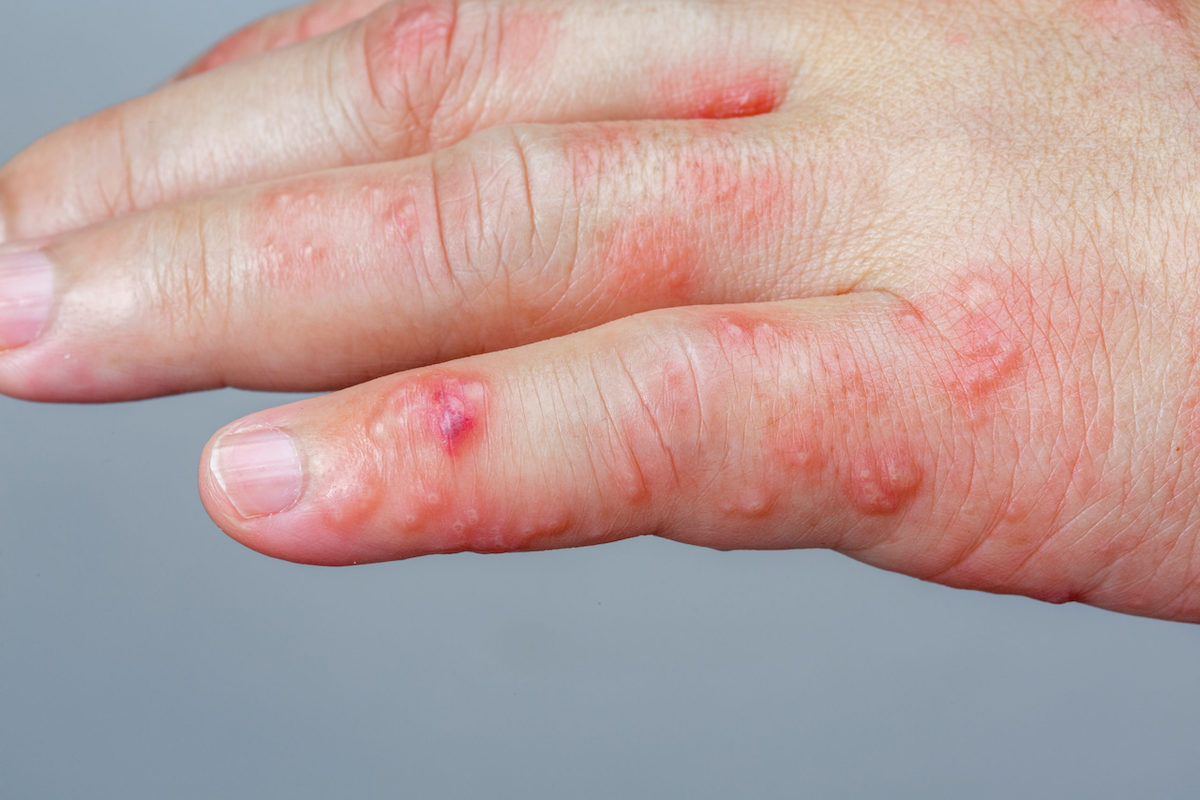Rosacea
Rosacea is a chronic skin condition that primarily affects the face, causing redness and visible blood vessels. It can also cause small, red, pus-filled bumps, known as papules and pustules. Rosacea can also cause a burning or stinging sensation, dryness, and thickening of the skin. It is more common in fair-skinned individuals and typically appears in middle-aged adults. The exact cause of rosacea is not fully understood, but it is believed to be a combination of genetic and environmental factors. Triggers such as sun exposure, stress, alcohol, spicy foods, and hot beverages, can cause flare-ups. Additionally, certain medications and skin care products can also trigger rosacea symptoms.

Impetigo
Impetigo is a highly contagious bacterial skin infection that can affect people of all ages but is more common in children. It typically presents as small, fluid-filled blisters that eventually rupture and form a honey-colored crust. The blisters can appear anywhere on the body but are most commonly found on the face, particularly around the nose and mouth. The skin may be red, swollen, and itchy, and can cause discomfort. The infection is caused by the bacteria Streptococcus pyogenes or Staphylococcus aureus, which can spread through close contact with an infected person or by sharing contaminated items such as towels or clothing. The infection can also occur in areas of broken skin such as cuts, scrapes, or bug bites.
Scabies
Scabies is a highly contagious skin condition caused by the infestation of the mite Sarcoptes scabiei. It typically presents as severe itching, particularly at night and on the areas between the fingers, wrists, elbows, armpits, waist, and genitals. The itch can be accompanied by small red bumps, blisters and scales, and burrow marks that are made by the mites. The symptoms can appear from 2-6 weeks after the infestation. The mites burrow into the skin and lay eggs, which can cause an allergic reaction. Scabies is spread by close skin-to-skin contact with an infected person and sharing personal items such as clothing or bedding.
Continue reading and find out what skin rashes, like lichen planus, and hives look like.

